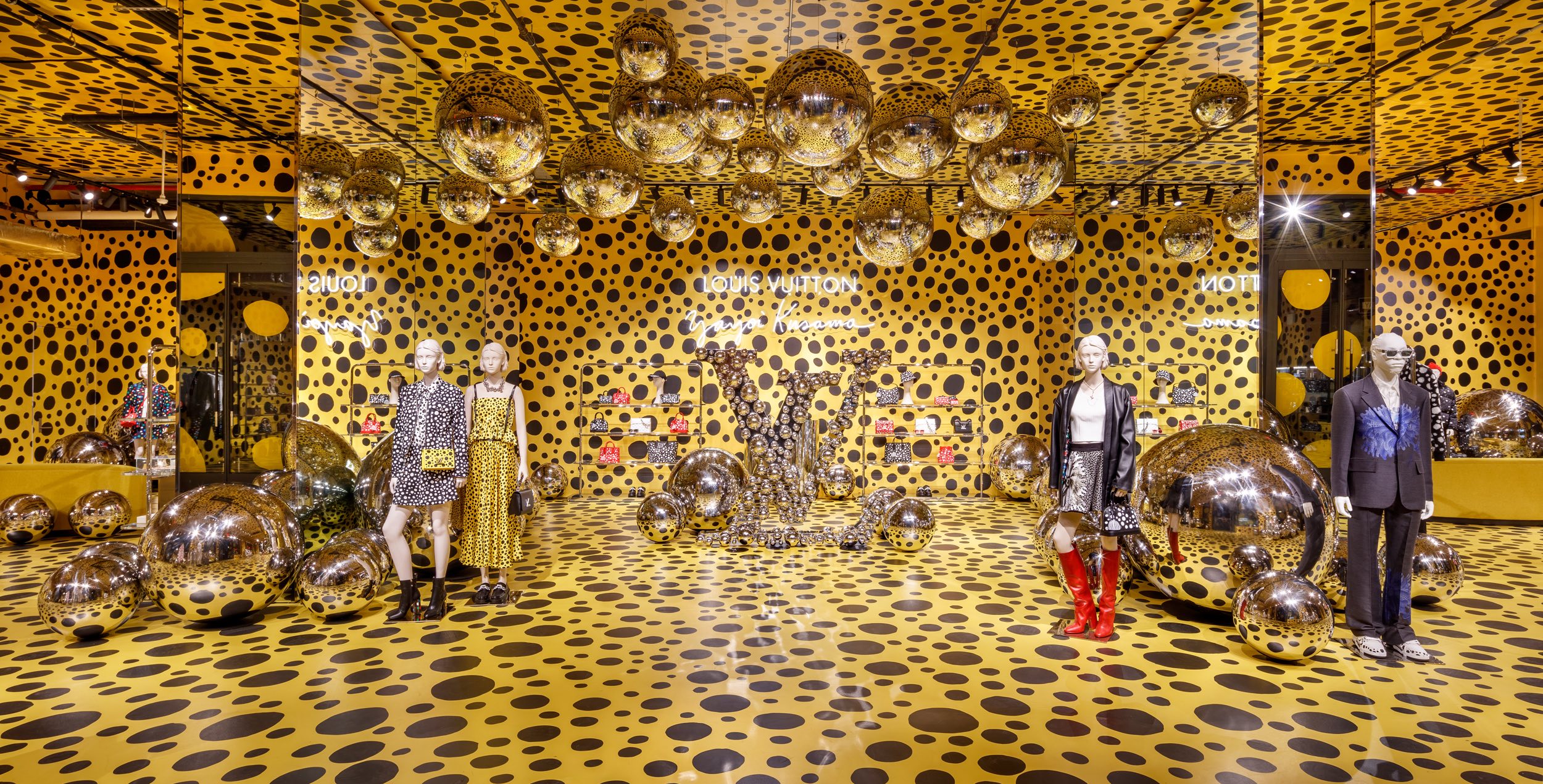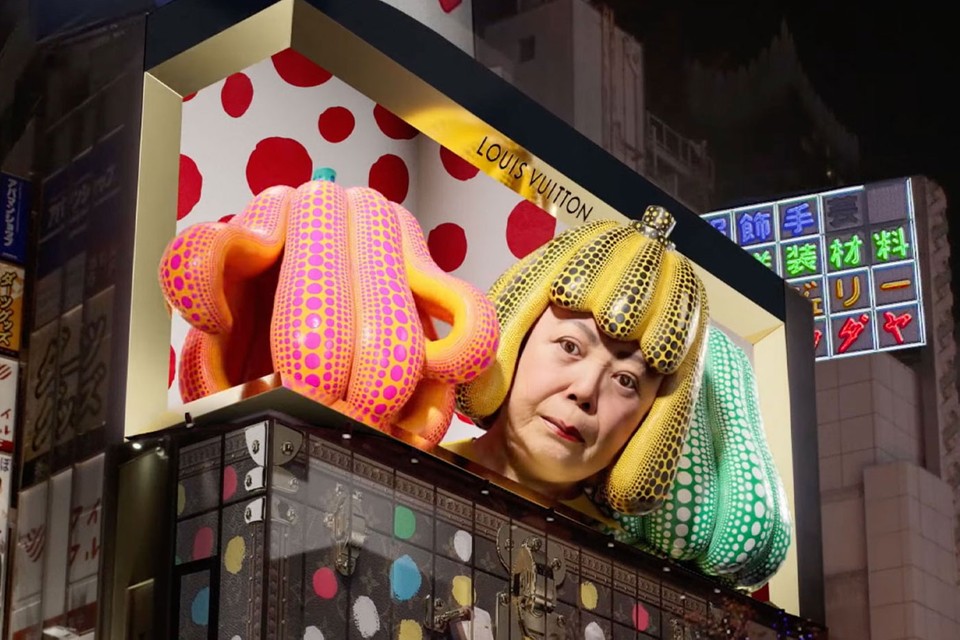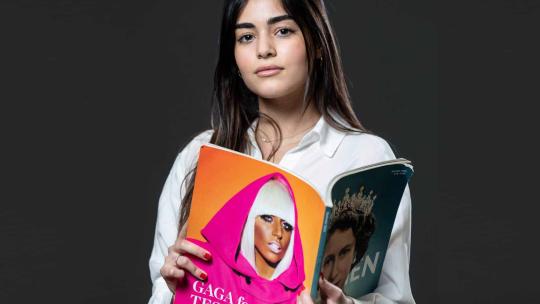
The Links Between the Art Market and Luxury
What do the art markets and the luxury sector have in common? The connection seems obvious, as the greatest designers, the most experienced jewellers, and the most talented perfumers are all considered true artists. Art and luxury have long influenced each other to create unique and timeless experiences. Let us take a closer look at the links between these two worlds, which constantly intersect and influence one another.
The Influence of the Art Market on the World of Luxury
Before being a business, luxury tells a story, evokes emotions, and makes people dream. It finds one of its greatest sources of inspiration in art, both in its creative approach and in the way it positions itself on the international stage. Fashion, jewellery, and haute horlogerie collections regularly draw inspiration from artworks to reinvent themselves and surprise. Yves Saint Laurent, for instance, directly drew inspiration from Mondrian’s paintings to create one of his most famous dresses. More recently, Louis Vuitton collaborated with Japanese artist Yayoi Kusama to design collections of bags and accessories featuring her iconic colourful polka dot patterns.


The great couture and jewellery houses do not merely create exceptional objects; they assert an artistic dimension that embeds them within a cultural and heritage tradition. Many brands invest heavily in art, not only by collaborating with artists but also by becoming collectors themselves. The Fondation Cartier, the Fondation Louis Vuitton, and the Pinault Collection are just a few examples illustrating this commitment. By engaging with the art market, luxury reinforces its status of prestige and exclusivity.
This connection with art goes even further. Some houses transform their boutiques into true galleries, offering immersive experiences where the customer no longer simply comes to buy a product but to feel an emotion, to enter a universe. Hermès, for example, regularly exhibits artworks in its retail spaces, blurring the line between purchasing and artistic contemplation.
Luxury, like art, seeks to innovate, surprise, and challenge conventions. Some major brands, such as Gucci and Balenciaga, are exploring new territories by offering limited-edition digital artworks, collaborations with virtual artists, or unprecedented interactive experiences.
Activities in the Art Market Related to the Luxury Sector
The dialogue between luxury and art is reflected in concrete actions. Major houses do not merely observe the art market; they actively participate in it, strengthening their presence in the world of creation.
Patronage and Cultural Partnerships: A Strategic Commitment
For several decades, luxury houses have been investing in art through patronage. They support museums, finance the restoration of artworks, and contribute to the promotion of cultural heritage. These initiatives reflect a desire to associate the brand’s image with a certain notion of excellence and timelessness.
Chanel has supported the visual arts and dance for years, notably through the Fondation Chanel for Women in the Arts and Culture. Cartier, on the other hand, was a pioneer with the creation of the Fondation Cartier pour l’Art Contemporain, a true artistic laboratory where designers, painters, and sculptors come together. Louis Vuitton established the Fondation Louis Vuitton in a vast building on the edge of the Bois de Boulogne—this now-iconic exhibition space hosts prestigious collections and temporary exhibitions.
But beyond foundations, numerous temporary partnerships are emerging. Dior, for example, recently collaborated with the Prado Museum to highlight the influence of Spanish painting on the fashion house. Bulgari, meanwhile, financed the restoration of Caravaggio masterpieces in Rome. These initiatives allow brands to be perceived as committed patrons while also establishing themselves as cultural players in their own right.
Art Events Sponsored by Luxury Brands
For those aspiring to work in the luxury industry, it is essential to understand its key challenges and develop a strong artistic culture. The Bachelor Luxury Business at Sup de Luxe offers a comprehensive education on the fundamentals of management in the luxury sector, with a focus on culture, art history, and market trends. Through real case studies and meetings with industry professionals, students learn to analyse brand strategies and understand how luxury relies on art to reinvent itself and attract an increasingly discerning clientele.
Careers Related to Art and Luxury
Artisan craftsmen hold a crucial role within luxury houses. Their expertise and passion help preserve traditional techniques while adapting them to contemporary demands. LVMH, for instance, has launched dedicated programmes to discover and learn these skills, providing young talents with opportunities to train alongside the finest artisans.
Watchmaker
Luxury watchmaking is a field where precision and craftsmanship come together to create exceptional pieces. Watchmakers master complex techniques to assemble timepieces with sophisticated mechanisms, combining functionality with refined aesthetics.
Leatherworker
The leatherworker is an artisan specialised in working with leather, creating items such as handbags, wallets, and other fashion accessories. In the luxury industry, the leatherworker selects the finest quality leathers and applies traditional techniques to craft pieces of the utmost elegance.
Feather Artisan
A specialist in working with feathers, the feather artisan creates delicate ornaments for haute couture and decoration. Maison Lemarié, founded in 1880, is emblematic of this expertise, collaborating with prestigious houses such as Chanel and Dior.
Goldsmith
A master in the art of shaping precious metals, the goldsmith creates unique jewellery pieces or decorative objects, combining precision and creativity.
Stone Setter
An expert in jewellery-making, the stone setter secures precious stones onto jewellery, ensuring both their stability and aesthetic enhancement.
Embroiderer
A craftsman of thread and needle, the embroiderer decorates textiles with intricate patterns, bringing an artistic dimension to fashion creations.
Milliner
A creator of hats and head accessories, the milliner designs bespoke pieces or very limited editions. They sometimes work for a fashion designer or stylist, using sketches to develop the design of the hats.
There are many other artisanal crafts: master glassmaker, parquet flooring specialist, stonemason, cabinetmaker, wood sculptor, and more.
Current Trends in Art and Luxury
The art and luxury markets are constantly evolving. Today, several major trends are emerging, redefining how these two worlds interact and enrich one another.
The NFT (Non-Fungible Token) phenomenon is disrupting the art market. These digital works, secured by blockchain technology, have opened new opportunities for luxury houses and artists. Gucci, Louis Vuitton, and Dolce & Gabbana are offering exclusive virtual pieces that reinvent the concepts of ownership and exclusivity.
Another major trend is the increasing number of collaborations between luxury houses and contemporary artists. These creative partnerships are not new, but they have taken on an even more strategic dimension in recent years. Jeff Koons and Louis Vuitton, Yayoi Kusama and Dior, KAWS and Dior Homme are just a few examples of highly successful artistic associations. These collaborations allow luxury brands to inject modernity and freshness into their image while offering artists exceptional visibility.
Luxury houses are now increasingly concerned with sustainable development. More and more artists are engaging in works that highlight the urgency of ecological issues or shed light on major social challenges. Brands such as Stella McCartney and Chopard are investing in eco-friendly materials, while artists like Banksy and Olafur Eliasson use their art to raise public awareness of environmental challenges.
Finally, in the age of digital and virtual experiences, luxury brands are striving to offer unique immersive and sensory experiences. Interactive exhibitions, immersive artistic installations, and spectacular pop-up stores are multiplying to capture the public’s attention and emotions.
The connections between the art and luxury markets have never been stronger. Today, luxury no longer simply integrates art to enhance its creations; it places it at the very heart of its identity and innovation. This deep alliance showcases how excellence and creativity merge to deliver ever more unique experiences.
![[SUP DE LUXE] Portes ouvertes en ligne](/sites/supdeluxe.com/files/styles/img_style_16_9_540/public/images/116_Sup_De_Luxe_Shooting_2022_Arnaud-CAILLOU_Loeil-Temoin.jpg?itok=FMlcMviB)
